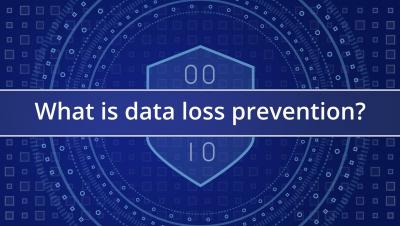Dawn of a new decade: Leaping from GRC to IRM - A building block approach
First things first: It is crucial to understand the difference between Governance, Risk and Compliance (GRC) and Integrated Risk Management (IRM) because this sets the stage for long term strategic risk management and breaks down the siloed approach to risk that exists in many organizations today. It is because GRC is sometimes implemented from a compliance-driven strategy rather than a risk driven initiative.









